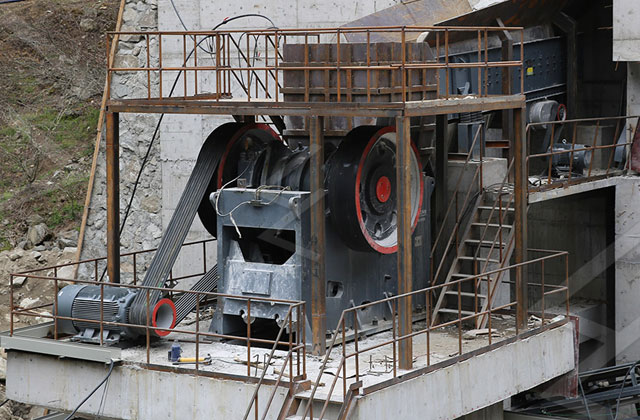A jaw crusher is a machine that breaks down large rocks into smaller pieces. It is commonly used in quarries and mines to crush rocks, ores, and minerals into smaller sizes for further processing. Jaw crushers consist of a fixed jaw and a movable jaw, which move in a V-shaped pattern to crush the material between them. The crushing process is achieved by the movement of the jaws and the force exerted on the material.
Jaw crushers come in different sizes and capacities to suit different applications. The production capacity of a jaw crusher depends on many factors, such as the size and hardness of the material, the type of crusher, the speed of the crusher, the size of the feed opening, and the closed-side setting (CSS) of the crusher. The CSS is the distance between the fixed jaw and the movable jaw at the bottom of the crushing chamber when the jaws are in a closed position. The CSS determines the size of the crushed product and the production capacity of the crusher.

The size and hardness of the material to be crushed are important factors in determining the production capacity of the jaw crusher. Harder materials require more force to be crushed and may require a larger crusher with a higher production capacity. Similarly, larger rocks and ores require a larger crusher with a larger feed opening to accommodate the material.
The type of crusher also affects the production capacity. There are several types of jaw crushers, including single-toggle and double-toggle jaw crushers. Single-toggle jaw crushers have a simple design and are commonly used in small to medium-sized operations. Double-toggle jaw crushers are more complex and have a higher production capacity than single-toggle jaw crushers.
The speed of the crusher also affects the production capacity. A faster crusher will produce more material in a shorter amount of time, but may also generate more fines and dust. A slower crusher may produce less material but may also produce a higher quality product with fewer fines and dust.
The size of the feed opening is another important factor in determining the production capacity of the jaw crusher. The larger the feed opening, the higher the production capacity of the crusher. However, a larger feed opening also means a larger crusher, which may not be suitable for all applications.
The closed-side setting (CSS) of the crusher is the distance between the fixed jaw and the movable jaw at the bottom of the crushing chamber when the jaws are in a closed position. The CSS determines the size of the crushed product and the production capacity of the crusher. A smaller CSS will produce a finer product but may also reduce the production capacity of the crusher. A larger CSS will produce a coarser product but may also increase the production capacity of the crusher.
